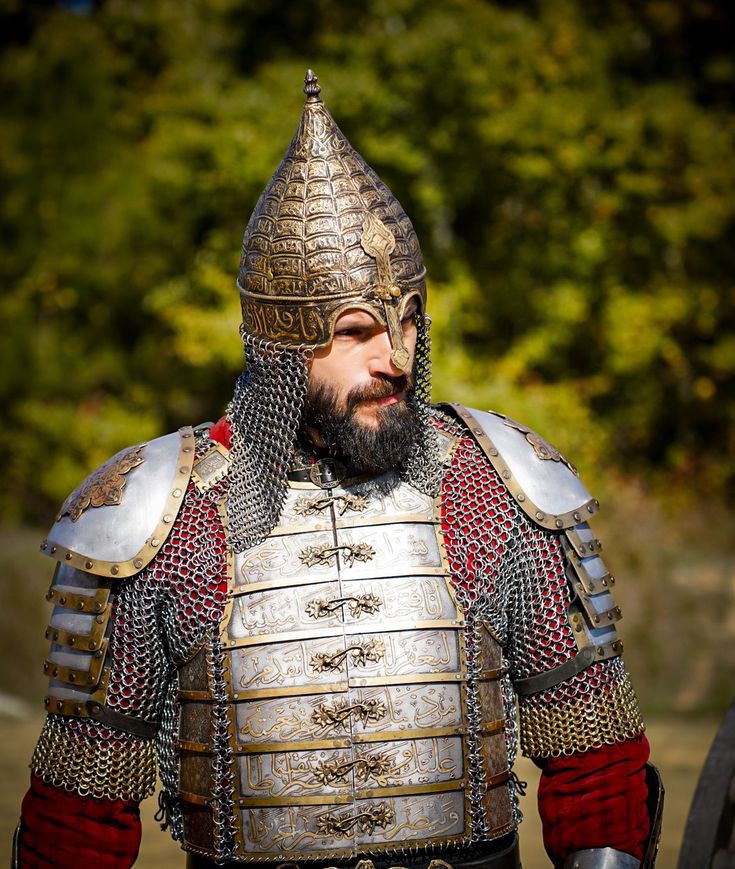Sultan Mehmed Fateh: The Conqueror Who Altered History
Few historical figures evoke as much admiration and respect as Sultan Mehmed II, or Mehmed the Conqueror (Fatih Sultan Mehmet). Born around 1432, this historic Ottoman leader did what many believed was impossible—conquering Constantinople—when he was only 21 years old. His triumph not only symbolized the end of an empire, but transformed the world by creating a bridge between East and West and signaling a new chapter.
But who was Mehmed Fateh, beyond his great military mind? What did make him a visionary leader? Let’s delve into the life, legacy, and lasting impact of this incredible sultan.
Determine
1. The Grand Vision of a Boy Sultan
Mehmed was just 12 years old upon initially becoming king in 1444, but his father, Murad II, soon reclaimed the throne upon realizing that the young prince wasn’t ready to rule just yet. Throughout these early years, Mehmed devoted himself to science, philosophy, language skills (he knew five), and military tactics.
By the time he regained his throne in 1451, he already had one definite ambition: to conquer Constantinople, capital of the Byzantine Empire.
I’d
2. The Fall of Constantinople (1453): A Historical Watershed
For centuries, Constantinople was an impenetrable fortress, safeguarded by huge walls and strategic location. Numerous others had attempted and failed but he was different.
How Did He Do It?
- Innovative Warfare: Mehmed employed massive cannons, and most notable was the legendary “Basilica” cannon, created by Hungarian engineer Orban.
- Naval Tactics: When the Byzantines closed off the Golden Horn with chains, Mehmed pulled his ships across to go around them.
- Invincible Resolve: In spite of setbacks, Mehmed’s resolve never weakened. After a 53-day siege, his army broke through on May 29, 1453, and with it, the Byzantine Empire ended.
With this conquest, Mehmed received the name “Fatih” (the Conqueror) and established Constantinople as Istanbul, which became the new capital city of the Ottoman Empire.
There’s
3. A Ruler of Tolerance and Progress
In contrast to most conquerors, Mehmed was not only a warrior–he was a visionary statesman.
- Freedom of Religion: His reign saw Christians and Jews being allowed to practice, and he even appointed Gennadius Scholarius as a new Orthodox Patriarch.
- Palatial Wonders: It commissioned the Topkapi Palace and Fatih Mosque, which incorporated Islamic and Byzantine styles.
- Scientific and Cultural Development: He welcomed scholars, artists, and scientists from all of Europe and Asia and made Istanbul a cosmopolitan center for learning.
Donations
4. Legacy of Mehmed the Conqueror
Mehmed’s conquest did not merely enlarge an empire—it altered the course of history: – Marked the end of Middle Ages: Historians believe that the fall of Constantinople brought an end to medieval Europe.
- Enhanced Global Trade: Istanbul was an important hub for trade between Europe and Asia.
- Future Leaders Inspired: His leadership and tactics impacted generations of military strategists.
Even to this day, Mehmed Fatih is an emblem of ambition, intellect, and determination.
Conclusion: Why Mehmed Fatih Remains Relevant
Sultan Mehmed II was not just a conqueror—he was a philosopher-king, an arts patron, and a unifier of cultures. From his life, we learn that vision, preparedness, and determination can make the impossible happen.
Whether you regard him as a military mastermind or a forward-thinking leader, you can be sure of this: Mehmed the Conqueror’s legacy will never be forgotten.





